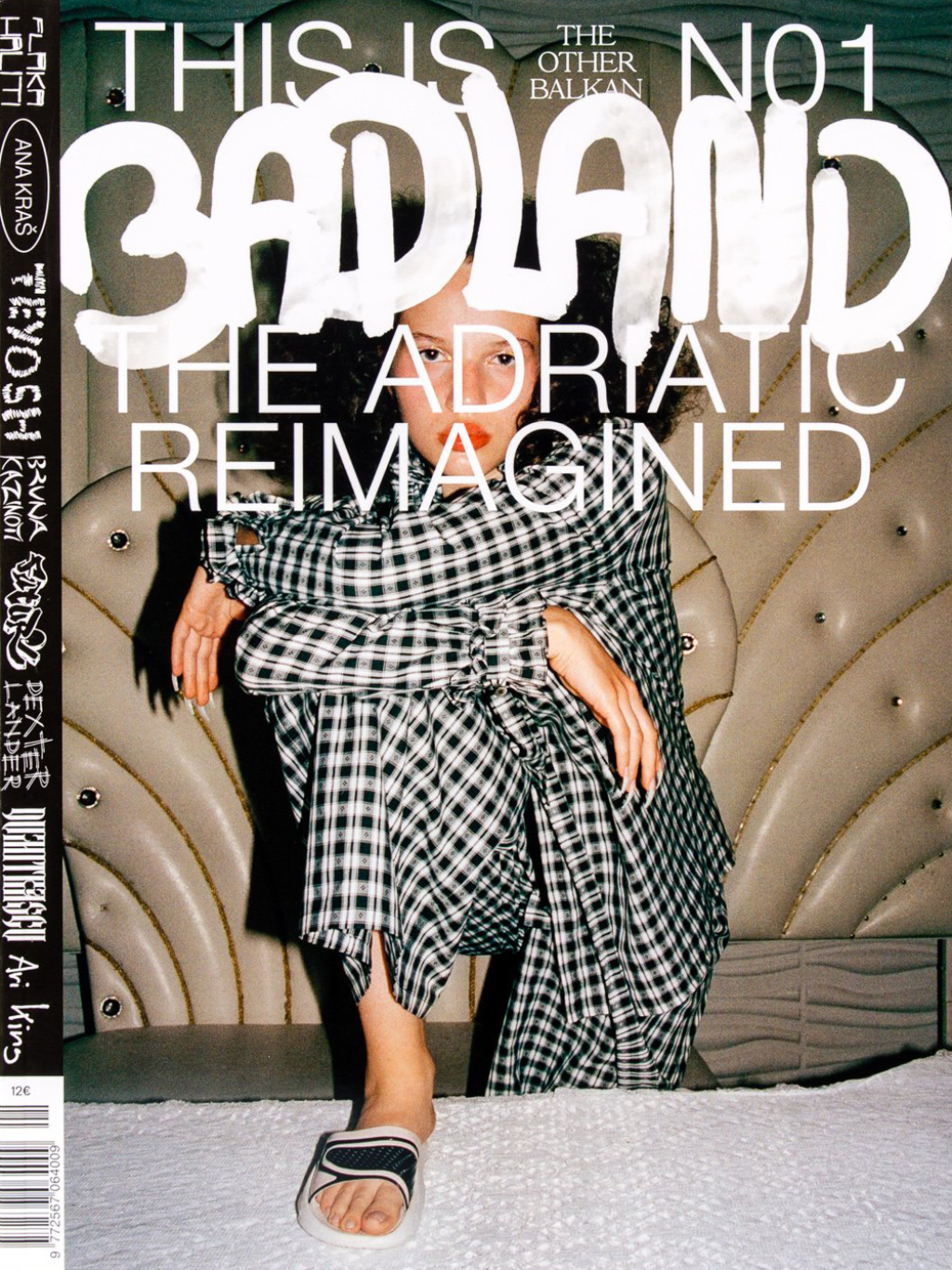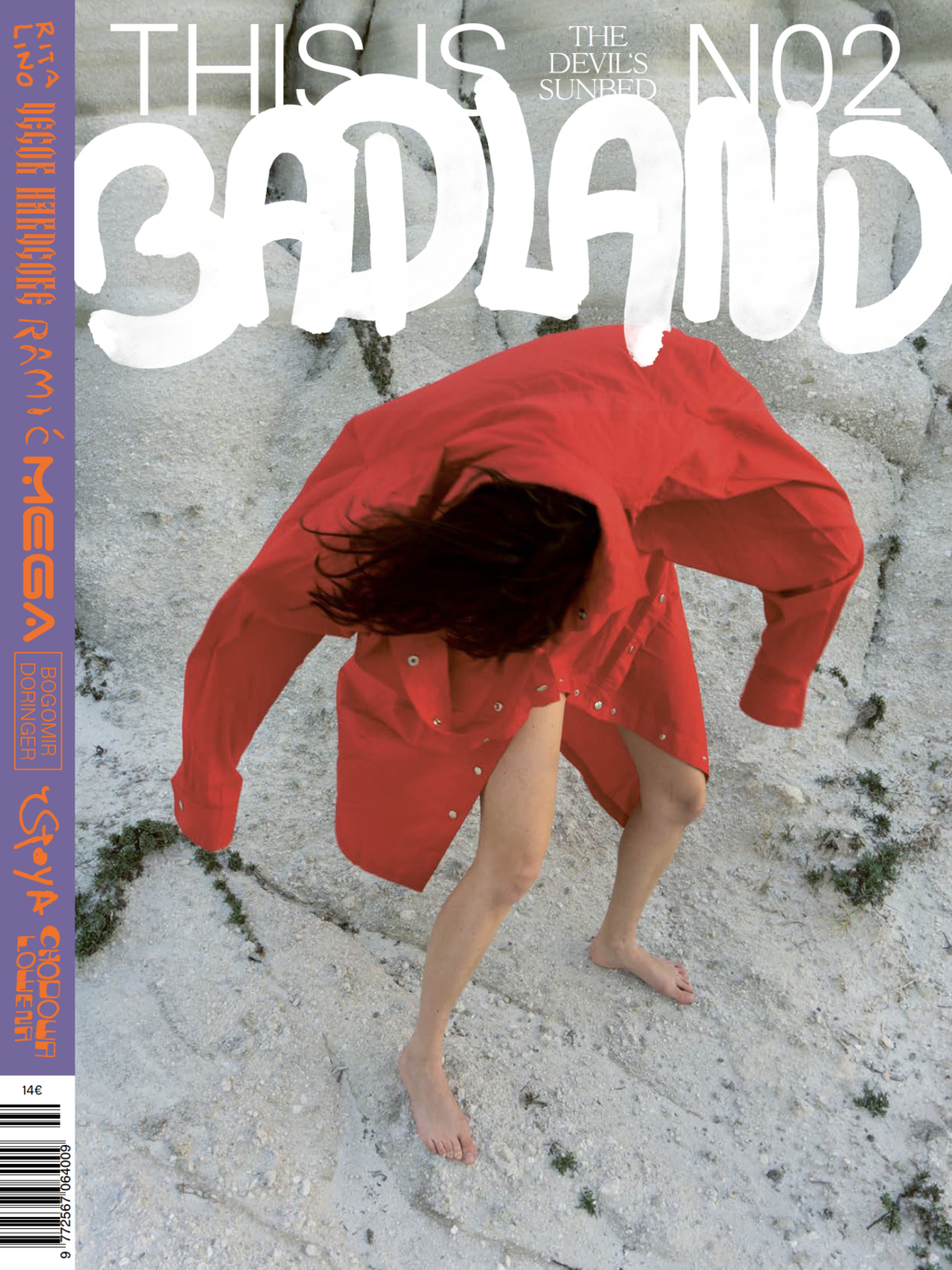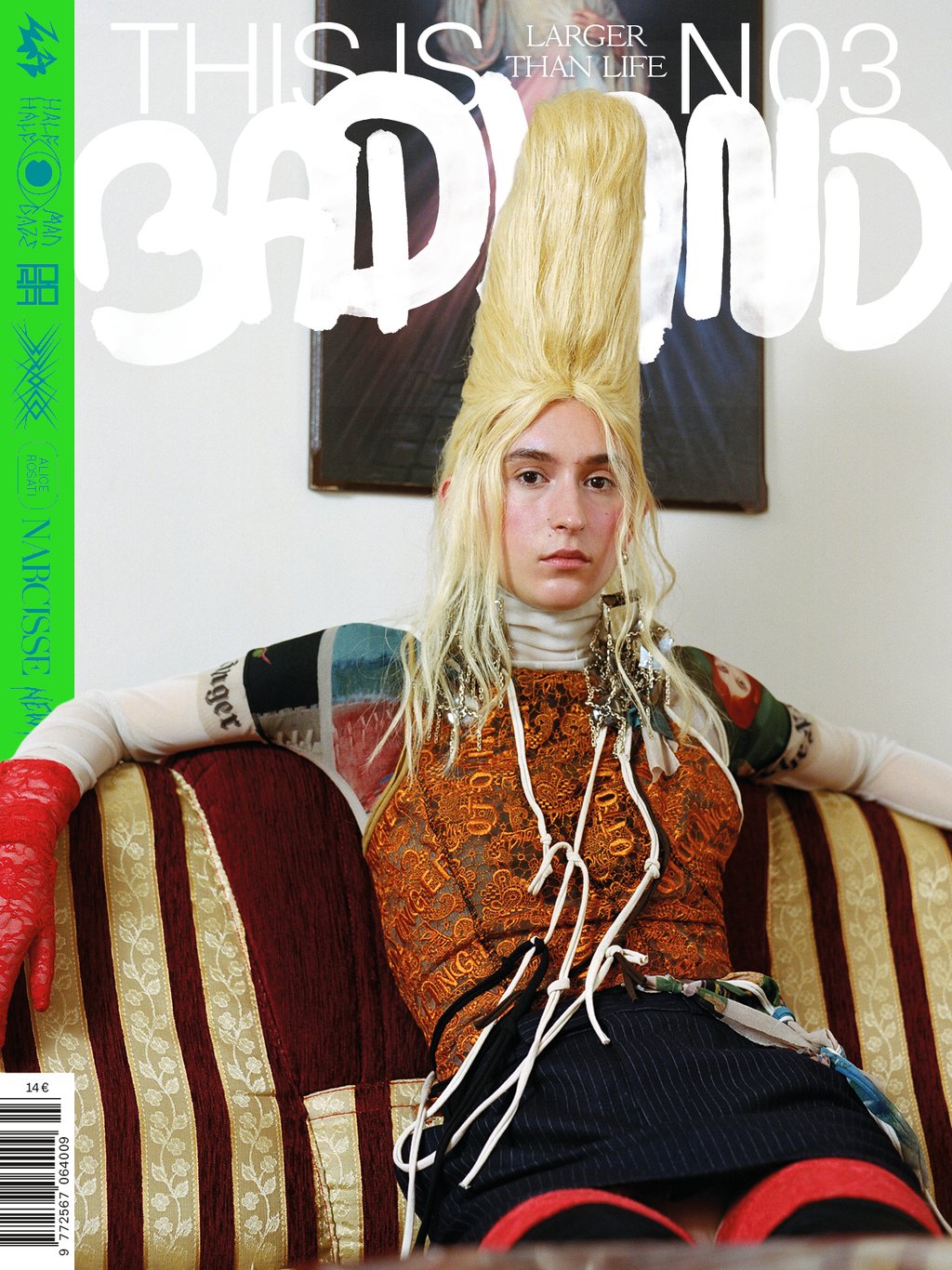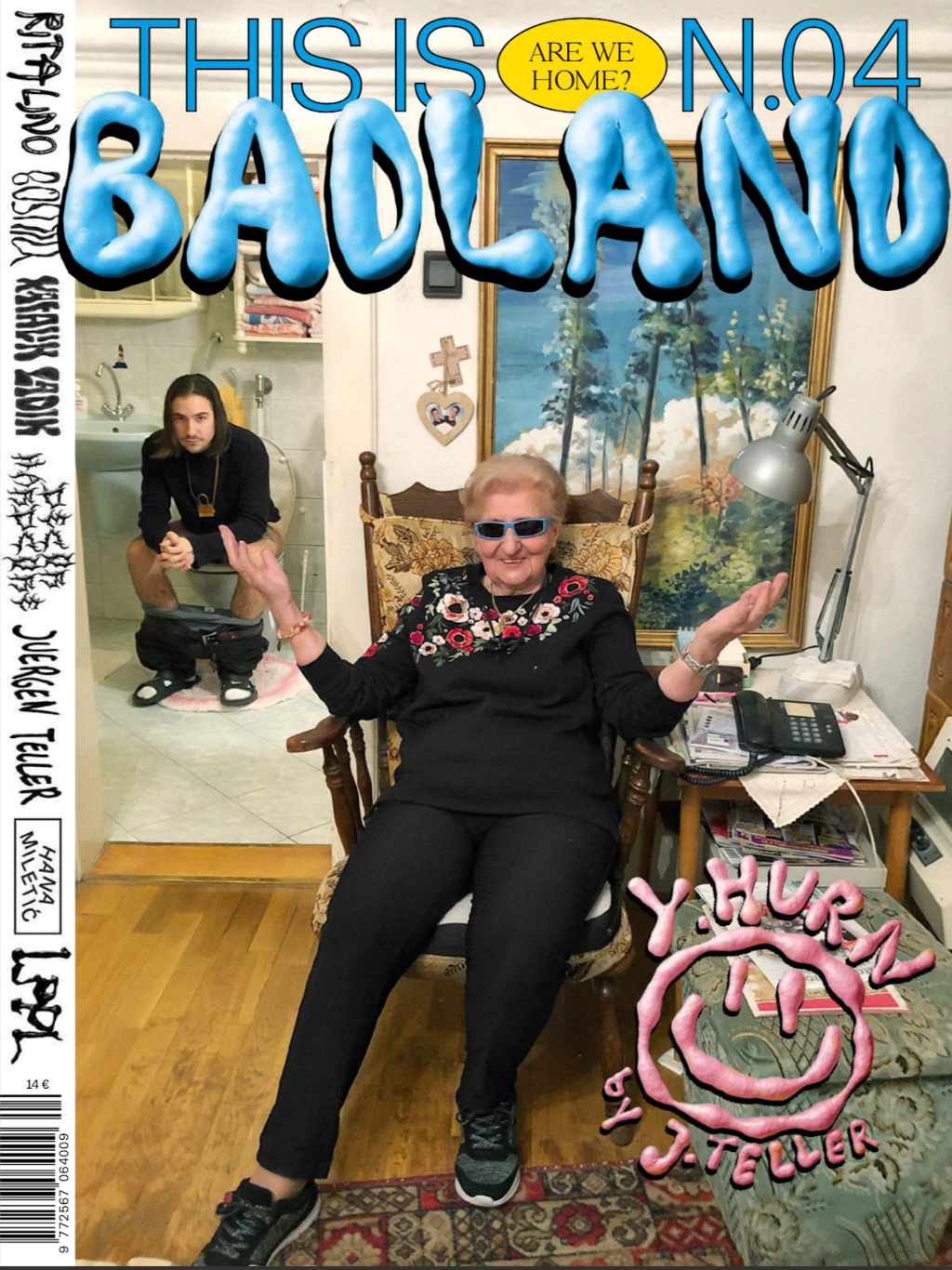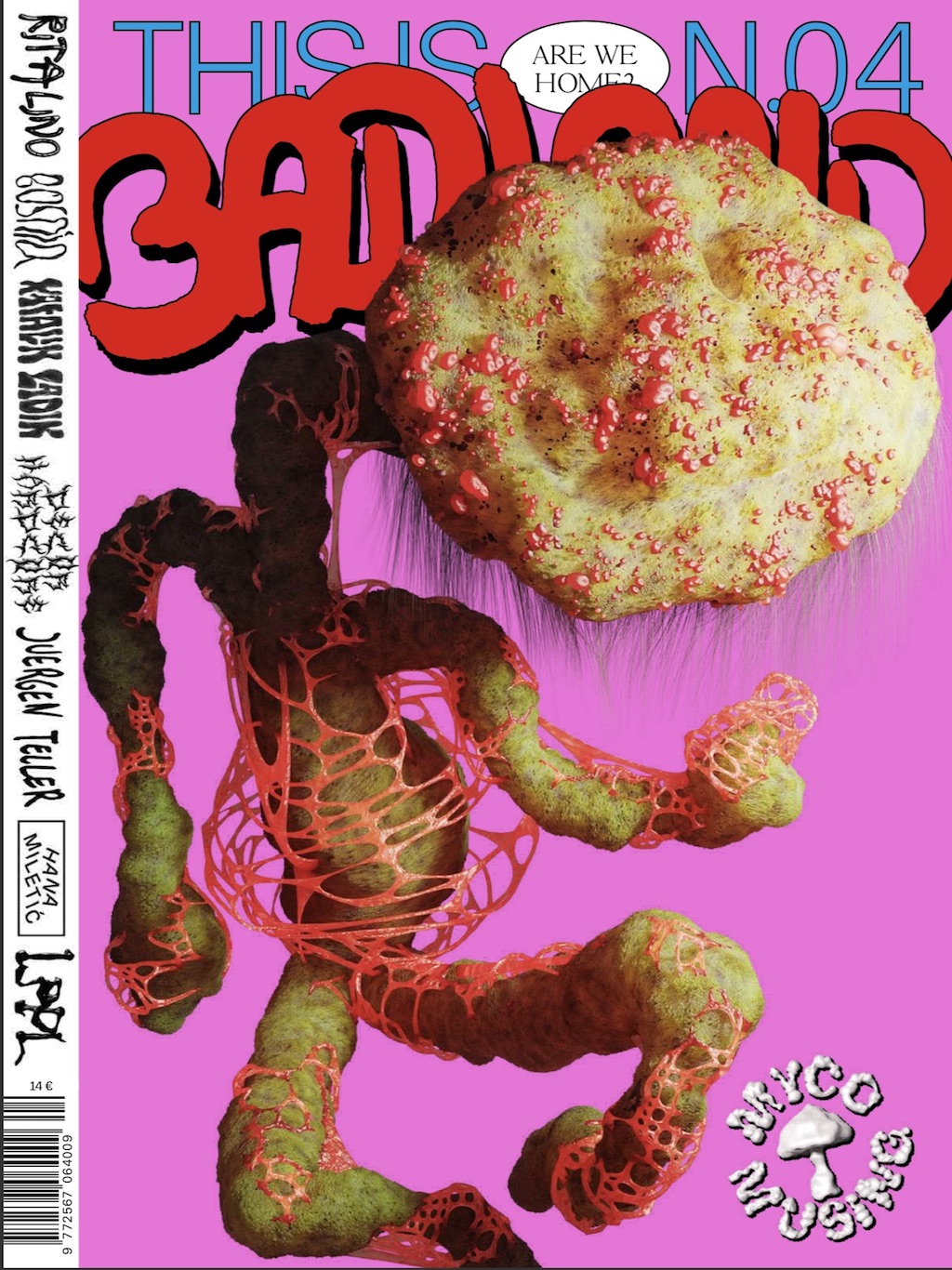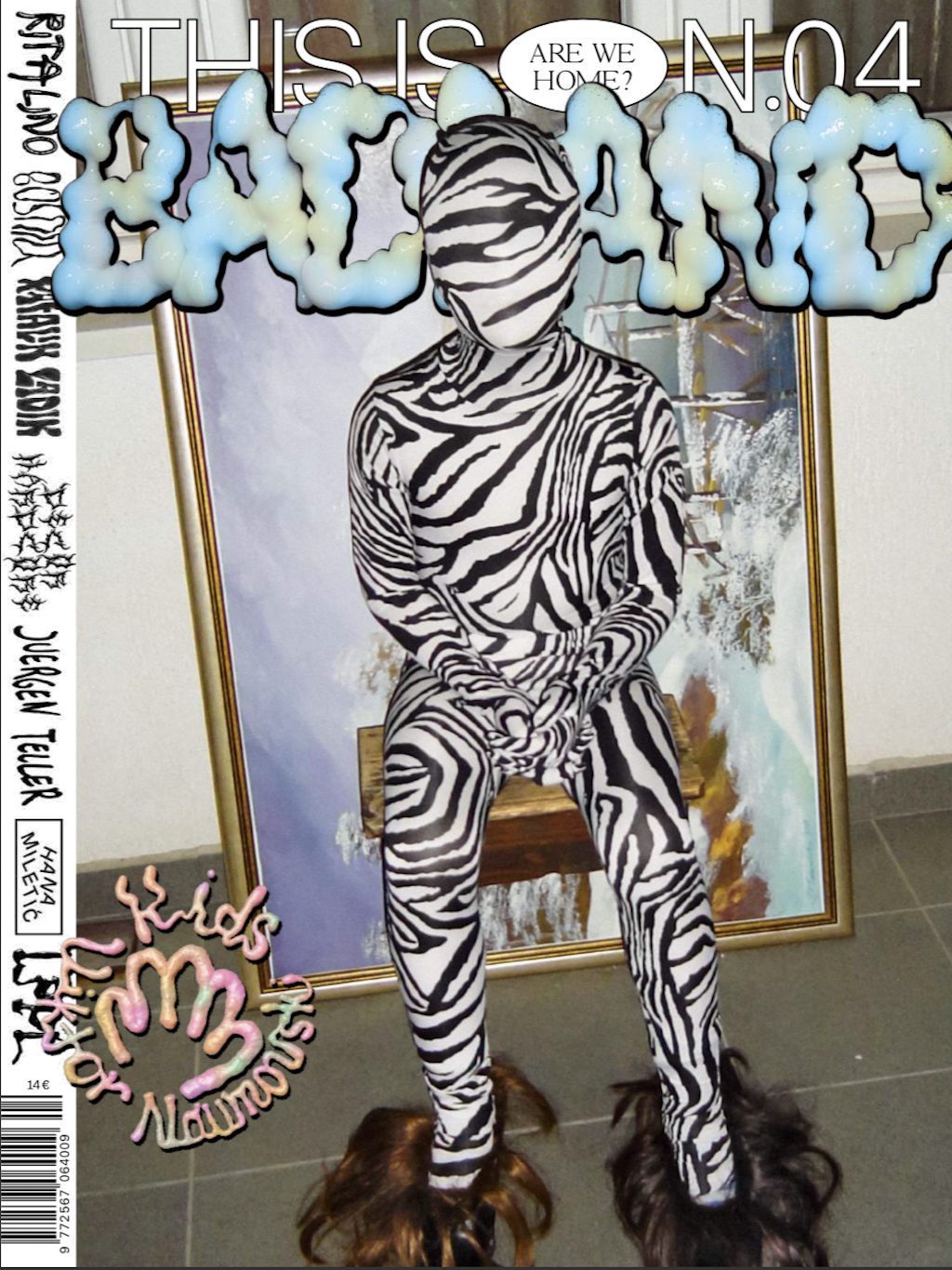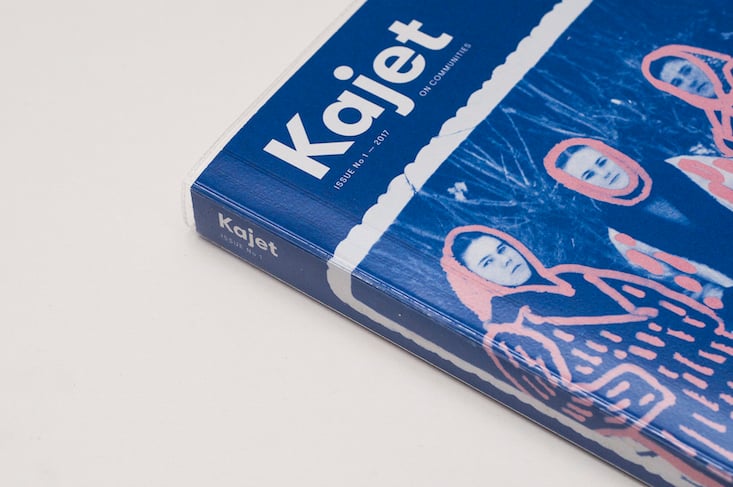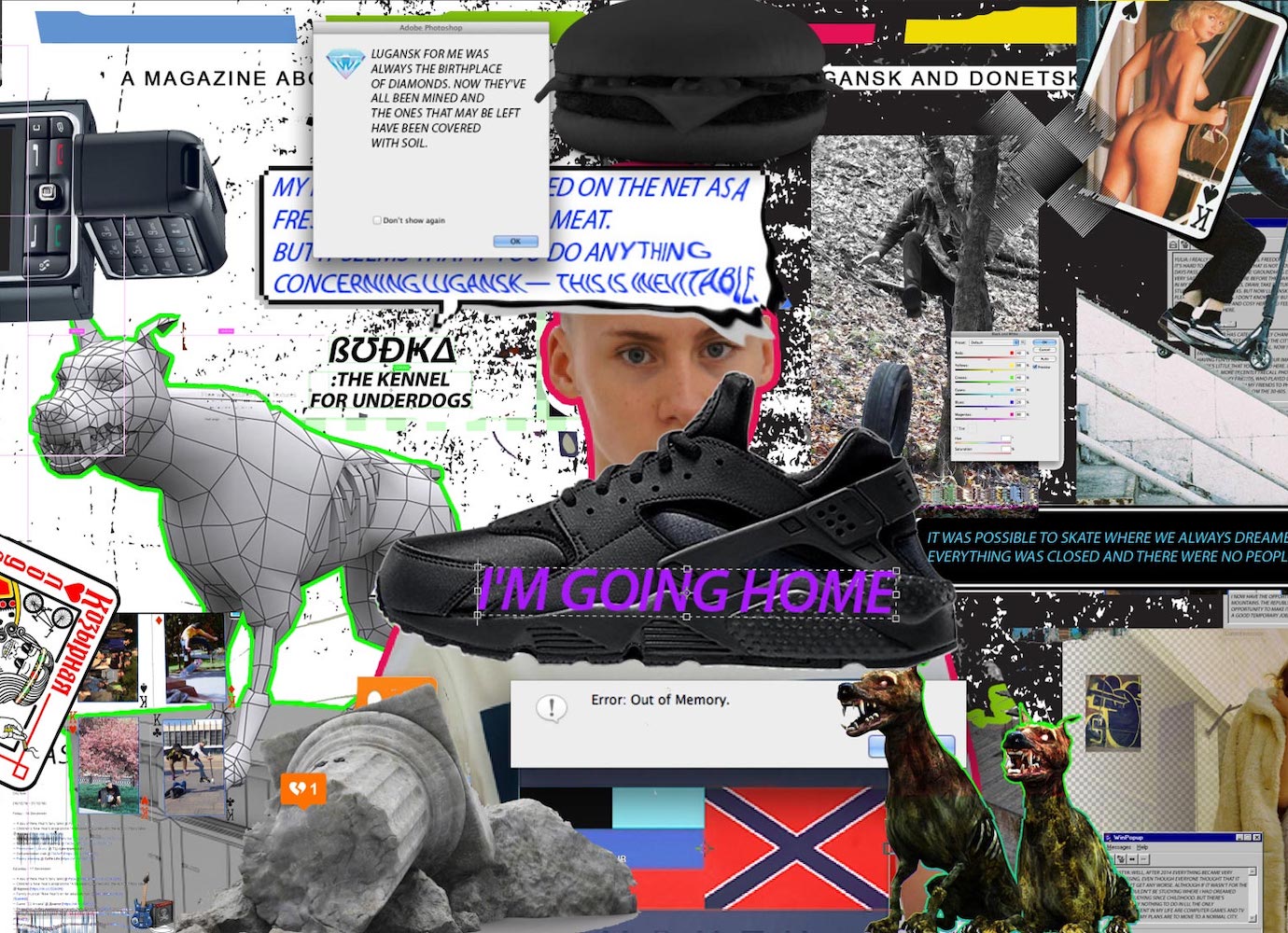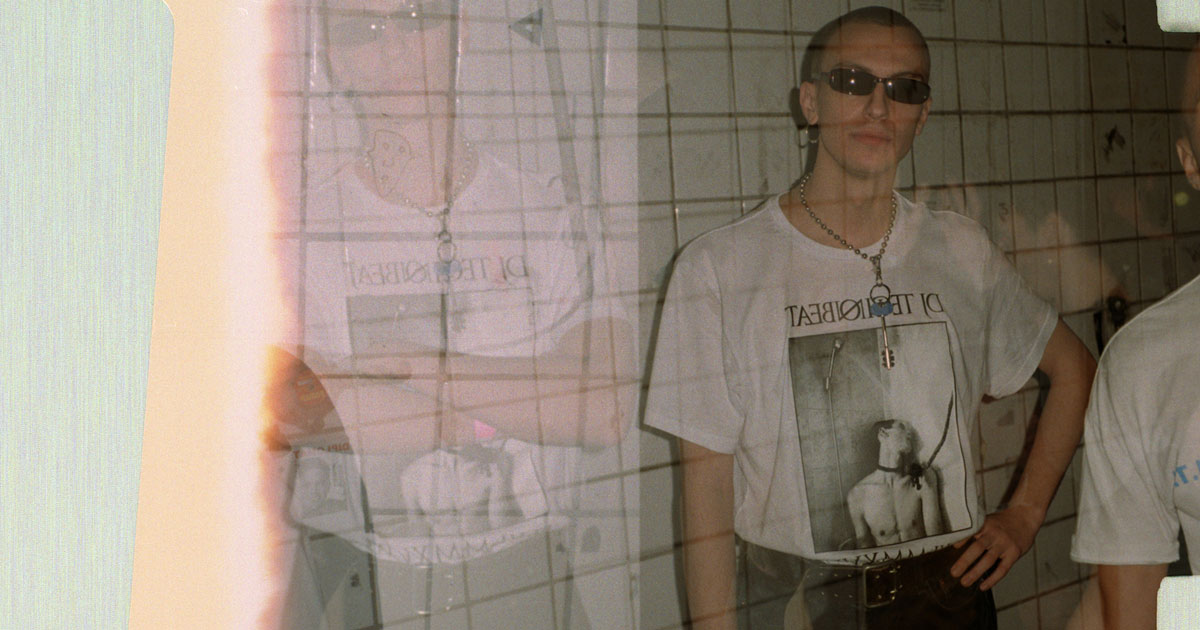This is Badland: the zine breaking down myths about the Balkans
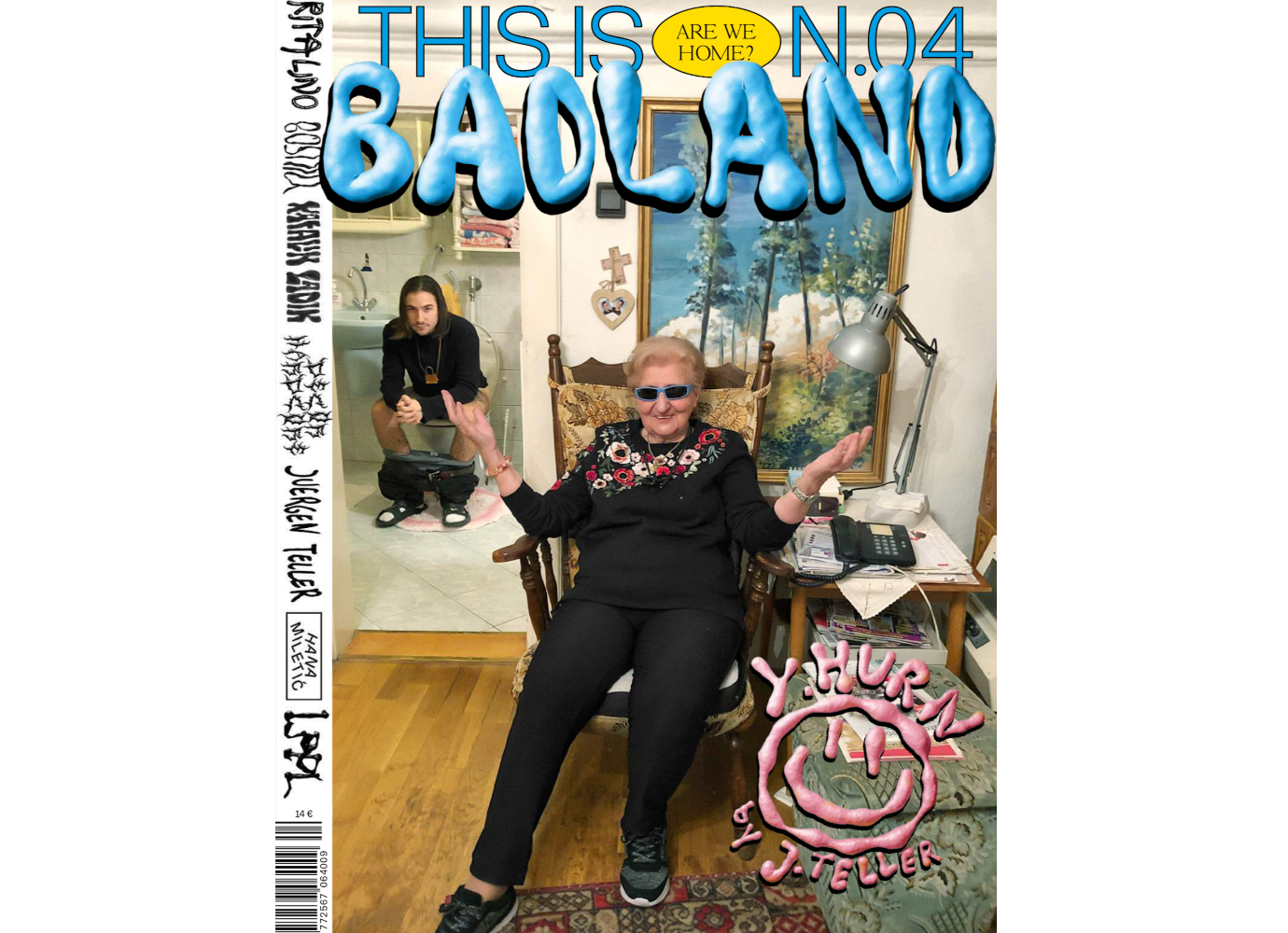
Bright colours, DIY designs, conceptual art, dainty embroidery, grannies with tables full of delights, glamorously made-up girls… This Is Badland both embraces and defies the myths and clichés surrounding the Balkans. Founded in 2016, and now on its fourth issue, the publication takes its readers on a journey across the arts and culture of the region and its diasporas.
“I am interested in finding ways of reframing Balkan identity beyond the typical tropes of poverty, nostalgia, and warfare,” editor and co-founder Nina Vukelić says. Vukelić was working as a digital editor in Berlin when she met the creative director Rafaela Kaćunić. Together, they decided to create a zine that would explore the complexities of their Croatian and Balkan identities.
“This Is Badland is an attempt to get closer to my own truth and hybrid identity”
“I had a very vague and naive idea about what it means to make a publication from scratch,” Vukelić admits. The two co-founders have a lot on their plate: in addition to conceiving every issue, and working on its content and style, they also oversee and organise distribution and promotion. “Sometimes I ask myself… Why am I doing this? It sucks away all of my life.” But for both Kaćunić and Vukelić, the love of it pulls them back again. For Kaćunić, who was born in West Germany to Croatian parents, it’s her “longing for belonging” that fuels the effort she puts into This is Badland. “It’s an attempt to get closer to my own truth and hybrid identity,” she explains.
The zine sells in indie shops and museums across the Balkans, as well as at the MoMA shop in New York, and in Australia, and Japan. Designed by the Berlin-based studio bus.group, the This Is Badland team has recently also been joined by Bosnian artist and theorist Miloš Trakilović, as Editor-at-Large.
In the first issue, “Adriatic Reimagined”, the creative duo focused on Croatia and the Adriatic sea, “as a place beyond the boundaries of tourism and packaged consumption.” With each following issue, however, they expanded further into the Balkans. In the second issue, “The Devil’s Sunbed”, they journeyed further away from urban centres, across the Balkan mountains, to more remote places where the region’s typical “copious amounts of drinking and eating” give an insight into the social structures of the region. The third issue, “Larger than Life”, went back to urban spaces, looking into the monolithic skyscrapers designed by starchitects, which overtook the old idols of Tito or Lenin in cities across the region. The latest issue explores the question “Are we home?” and features artists from the diaspora. It includes an interview with Bosnian director Ena Sendijarevic, whose film Take Me Somewhere Nice recently featured on MUBI; Montenegro-born, Paris and Vancouver-based photographer Sara Graorac’s pics of rakia in recycled water plastic bottles; and Romanian-born, New York-based architect Oana Stănescu’s reflections on breathing, following her experience of lung cancer.
A double spread from the fourth issue of This Is Badland, featuring a rakia photo project by Sara Graorac
What’s next? Following a collaboration with Turkish writer and curator Adnan Misal Yildiz in the current issue, the next This Is Badland will explore more of the complex relations between Turkey and Greece. But the team’s ambition goes beyond the Balkan peninsula — in the future, they hope to make connections between the Balkans and other parts of the world. Yet, for Kaćunić, Badland’s next issues feel faraway: “As an independent publication that emerged from an experimental and idealistic approach, we still don’t have a strict publishing schedule and theme model,” she says. “At the moment, we are overwhelmed with distribution and promotion work, so the next issue still feels remote. But I’m sure we’ll get there.”
Read This Is Badland here.
